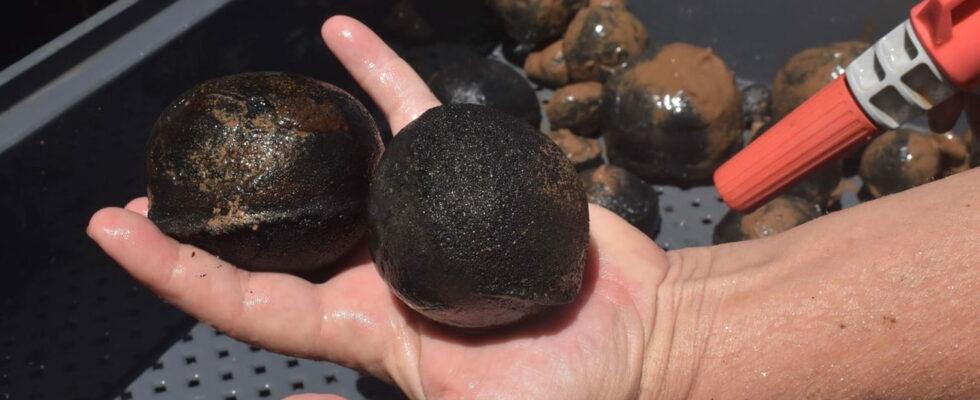An exceptional discovery was made in the ocean. The extraction should soon start.
It is a rare, strategic discovery that could represent a turning point on a planetary scale. A large deposit of rare metals has been uncovered, which could contain up to 230 million tonnes of materials, including around 610,000 tonnes of cobalt and 740,000 tonnes of nickel. An exceptional find, as the “blood diamond” and the “devil’s metal”, as they are nicknamed, are highly sought after.
It must be said that these rare materials are much used in the design of technological products. In particular the cobalt, which allows to design lithium batteries, present in particular in smartphones, electric vehicles, computers or even electronic cigarettes. The deposit therefore appears as a rare commodity.
It is in the seabed close to the island of Minamitori, located in the extreme is Japan, in the heart of the Indian Ocean, that this discovery was made. It was formalized at the start of the summer, June 21, by the Japanese Foundation and the University of Tokyo. The two organizations announced the presence of a deposit estimated at 230 million tonnes over an area of 10,000 km², located in the exclusive economic zone (ZEE) in Japan.
Among these resources, the quantity of cobalt is estimated at 610,000 tonnes and 740,000 tonnes that of nickel, respectively the equivalent of 75 years and 11 years of national consumption.
A three -year experimental extraction phase will start in 2025, with a planned production of several thousand tonnes of nodules per day. The private sector could then take over for a larger scale, the cost of the operation being estimated at several tens of millions of dollars. A platform for coordination between companies, the government and universities should be set up under the aegis of the Japanese Foundation.
During a press conference, Katö Yasuhiro, professor at university and director of the research team, said that the objective was to reach an extraction of 10,000 tonnes per day, or 3 million tonnes per year, while preserving the marine ecosystem.

